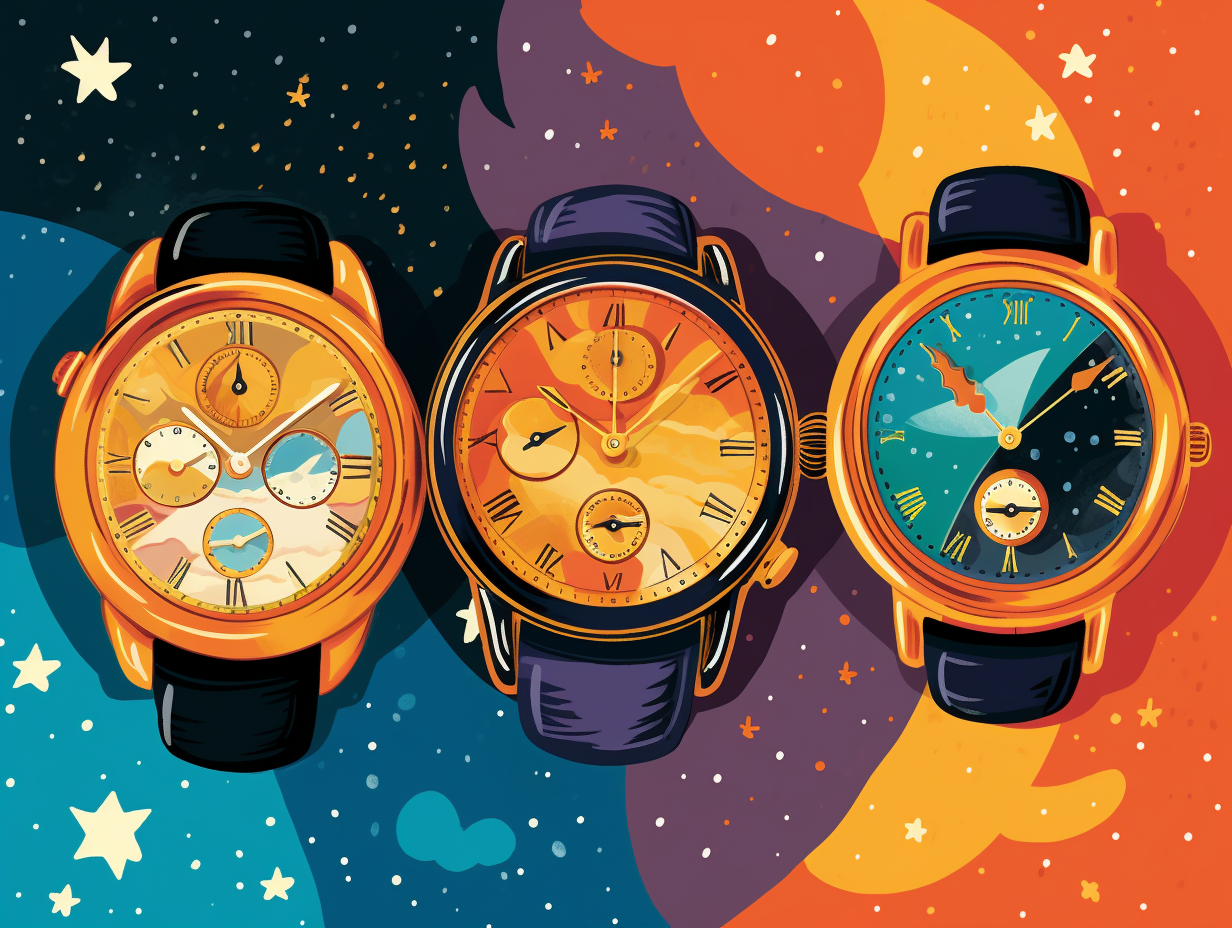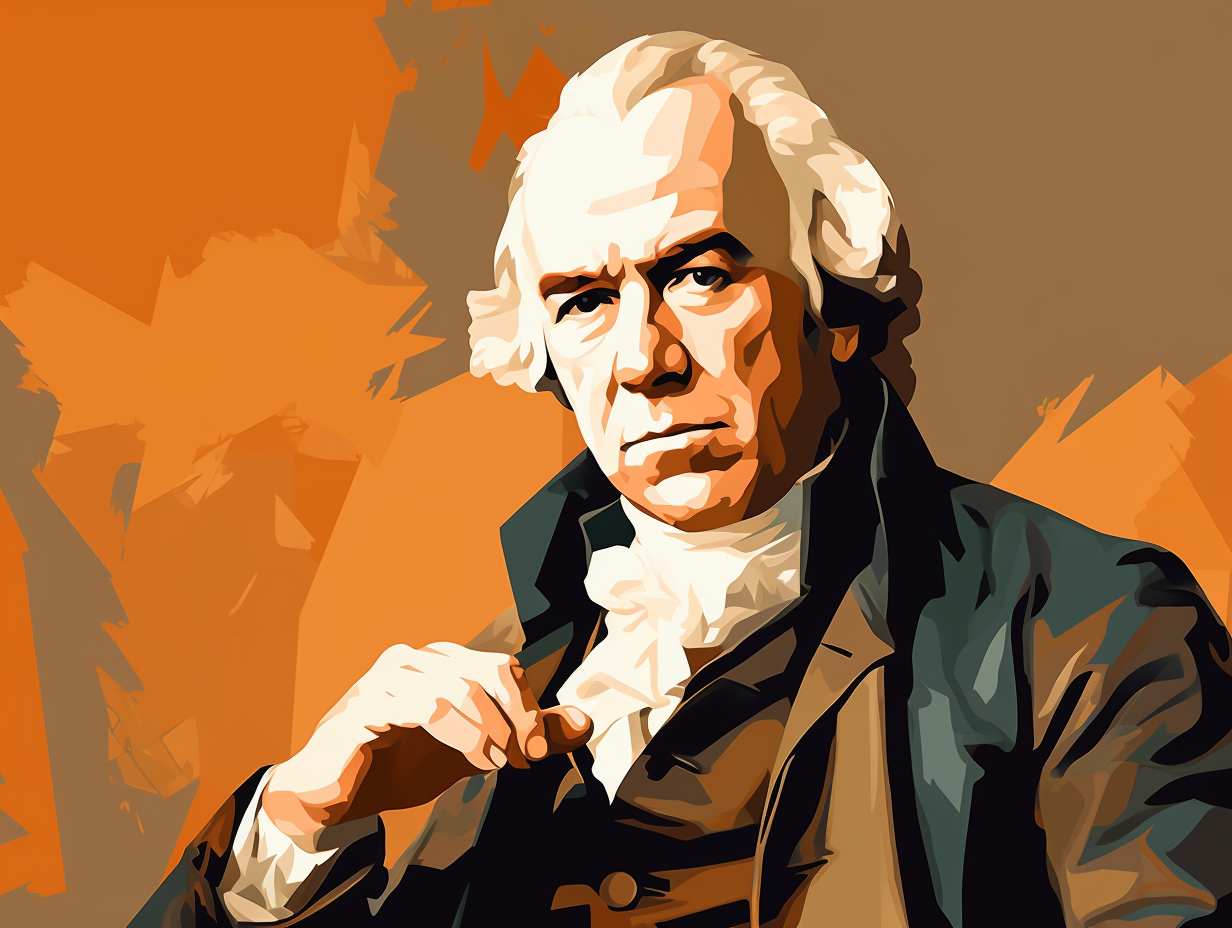Top 7 Fun Facts About Pens: Discover the Amazing History and Secrets Behind Your Everyday Writing Tool

1. Reed-Check: Ancient Egypt's Scribbling Tools
Before there was spell-check, there was reed-check: The humble origins of pens can be traced back to Ancient Egypt, where reed pens were the tool of choice for scribes in the 4th century BC, shaping reeds into pointed nibs to write on papyrus - although they were not as "quill-iant" as their feathered successors.
Source => historyofpencils.com
2. Quill Pens: The Feathered Stars of History
Before there was a "quill pen" emoji to ironically text your friends with, there were actual quill pens that set the ink-soaked mood for centuries of writers: In use as early as the 2nd century BC, quill pens were crafted from goose, swan, and turkey feathers and played a starring role in creating the Dead Sea Scrolls and intricately illustrated manuscripts. Though largely replaced by metal pens in the 19th century, quills get some nostalgic love from the U.S. Supreme Court, which keeps a flock of 20 quill pens perched on their tables during sessions.
Source => historyofpencils.com

Did you know the humble pencil has been making its mark since the Aztec era? Discover its fascinating journey to the graphite-centered wonder we know today!
=> Fun Facts about Pencils
3. Fisher Space Pen: The Intergalactic Writer's Dream
Whether they were signing galactic peace treaties or scribbling cosmic doodles, even Buzz and Neil needed pens that could keep up with their lunar expedition: Enter the Fisher Space Pen, a versatile, otherworldly writing instrument that defies limitations, effortlessly inking on wet, greasy, and smooth surfaces, defying gravity, and even Earthly temperatures, making it perfect not only for astronauts but also for those with earthbound ambitions like geocaching, crossword mania, or simply surviving a career in the great outdoors.
Source => thepencompany.com
4. Nibs: The Smooth Operators of Fountain Pens
When it comes to the fancy footwork of fountain pens, nibs have moves smoother than Michael Jackson doing the moonwalk on buttered pavement: The size and shape of a nib, ranging from round nibs for consistent lines to italic nibs for expressive vertical and horizontal strokes, significantly impact the thickness and style of your handwritten magnum opus.
Source => theonlinepencompany.com

5. Ballpoint Pens: The Mighty Marathon Writers
Ready to sign a contract longer than the Great Wall of China? Fear not, for ballpoint pens have got your back: These mighty scribbling wizards can last for years, and some boast the Herculean strength to write up to 1.5 miles (2.5 kilometers) of ink – that's roughly 50,000 words or a staggering 100 legal-size pages packed with 450 – 500 words each.
Source => artofscribing.com
6. Leaky Fountains: The Myth of Inky Mishaps
Did you hear about the popular fountain pen who's always late to parties? It likes to "ink" it's so much cooler, but in reality, it's just dealing with some "nib creep": Despite their leaky reputation, well-maintained fountain pens are unlikely to leak during regular use, with a bit of ink on the nib being a common occurrence. A full ink chamber and a ziplock bag can be your trusty companions for preventing any air pressure drama during airplane escapades.
Source => thepencompany.com
7. Metal Pens: Europe's Timeless Ink-struments
Forget ancient ink-tertainment at the Colosseum: Metal pens and nibs have been stealing the show in Europe for over 1,000 years, with evidence dating back to at least the Roman era, and medieval copper alloy pens being unearthed in various European countries. Wielding sets of nibs with different diameters, scribes even had their very own calligraphy toolkit to create a range of line widths, and these old-school writing instruments may even make a fashionable return, thanks to skilled metal workers recreating their historic designs.
Source => scribescribbling.wordpress.com
Related Fun Facts




















